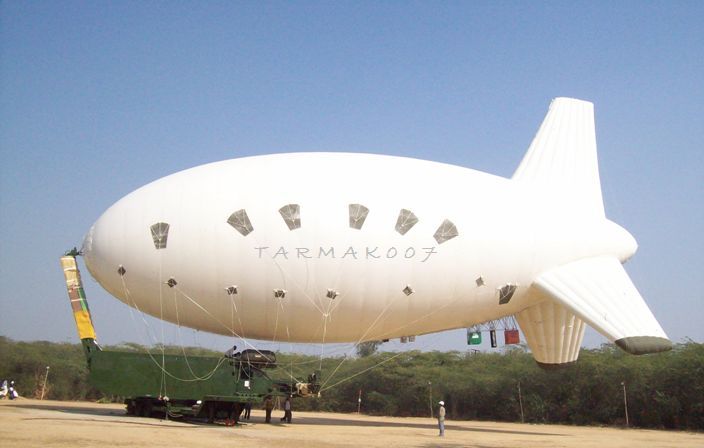India's regional aircraft could be a jet
India's first indigenous regional aircraft, the RTA-70, could be powered by turbofan engines, with the government viewing it as a stepping stone to larger aircraft.
Although the RTA-70 (regional transport aircraft-70)
was originally envisaged as a 70- to 90-seat turboprop, the Indian government asked National Aerospace Laboratories to investigate the use of turbofans. NAL is studying the two options, and will report to the government in April 2011, after which a decision will be made.
"The government asked us to look at the turbofan option, and after we conduct a feasibility study, we will decide," says NAL director AR Upadhya. "Previously,
we were focusing only on a high-wing turboprop design. If all goes well, by the end of 2011 we will have full go-ahead to create the aircraft."
NAL has
been in talks with jet engine producers, including General Electric, Pratt & Whitney, Rolls-Royce and Snecma. It says all have shown interest in the project.
"Initially, we were looking only at the turboprop option because of the high price of fuel," says Upadhya. "Lifecycle costs were our key concern. The government then asked us to look at the turbofan option, because they see it as a stepping stone to the high end."
NAL foresees demand for regional aircraft in India reaching 250 by 2025. This is driven by India's increasingly wealthy middle class, and its demand for flights on low-cost carriers. In addition, industries are moving into India's smaller cities, increasing the viability of regional flights to those destinations.
NAL also sees possible demand for 150 military variants to replace the Indian air force's Antonov An-32 fleet.
Irrespective of the RTA-70's powerplant, it is likely to come in two variants - a shorter one with 70-90 seats and a longer one with 80-100 seats. Its range will be 1,350nm (2,500km), suitable for most long sectors in India. Avionics are likely to be produced locally, and include an indigenous fly-by-wire control system to save weight.
Upadhya estimates the
aircraft could be in service as soon as 2017, and NAL is open to international and local partners. The aircraft would be produced by government-owned Hindustan Aeronautics.
If India were to produce the RTA-70 as a jet, it would find itself in the increasingly crowded field of 50- to 100-seat regional jets.
Competitors would include the Bombardier CSeries, Comac ARJ21 Embraer's E-Jets and the Sukhoi Superjet.
Boeing 747 and Airbus A380 Aircraft News from Flightglobal









 We have a blanket clearance to go up to a maxim altitude of 100 m and above that we need special clearances from the local Indian Air Force station here,” Balraj said.
We have a blanket clearance to go up to a maxim altitude of 100 m and above that we need special clearances from the local Indian Air Force station here,” Balraj said.


